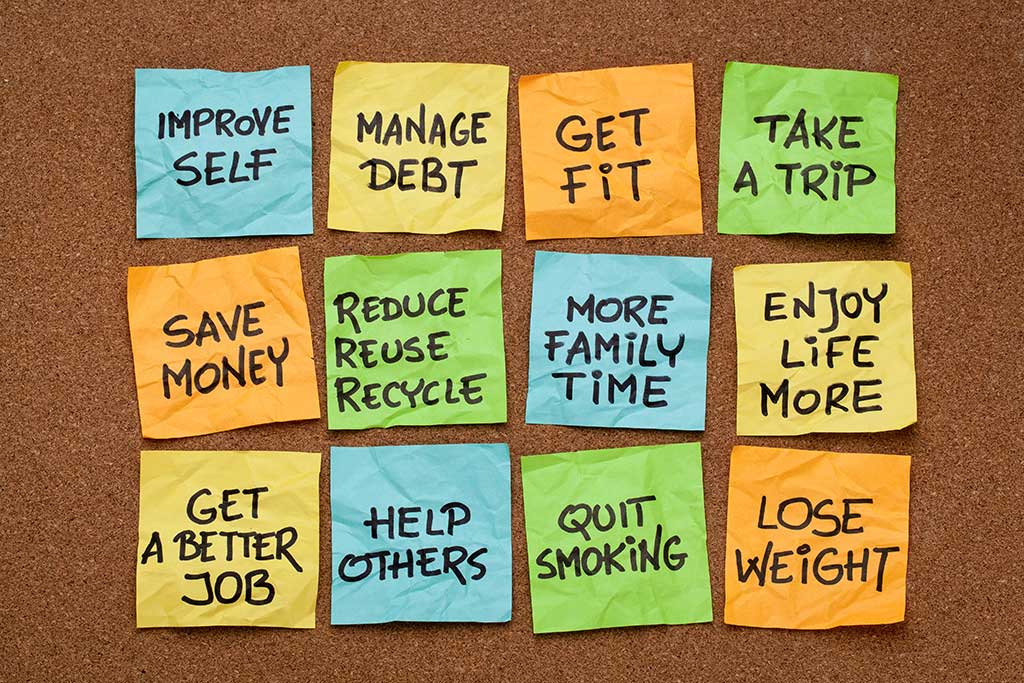22 December 2022
By Catalina Grosz and JingKai Ong
Share
5 Biases and heuristics with unexpected positive outcomes
As the end of the year approaches, we will begin to make plans and set goals for the year ahead. And if past years have taught us anything it is that we really struggle to meet those goals and keep the promises we have made ourselves. It is therefore unsurprising that at this time of the year we are frantically looking for tips and tricks to finally succeed in reaching our new year resolutions. It is also unsurprising that the culprits for our yearly lack of commitment are the usual suspects: cognitive biases and heuristics.
If you are new here, let me briefly introduce you. Cognitive biases and heuristics are known as mental shortcuts. Heuristics are meant to act as mental rules-of-thumb based on past experiences while cognitive biases play the role of subconscious thought-models based on preference. They both allow us to make quick and intuitive decisions in our day-to-day life (they are the reason why we don’t spend hours choosing which toothpaste to purchase and why we prefer one brand of smartphone over another). The main goal of these shortcuts is to help us save energy and mental capacity that would be better spent elsewhere. Unfortunately, they have the bad reputation of leading us to inferior decision-making.
Over the years, cognitive biases and heuristics have amassed negative media, with most sources warning us about their impact on our judgement and listing ways to avoid falling victim to them. There are plenty of cognitive biases and heuristics that may especially affect us at the end of the year, as we put together our new year’s resolutions. However, rather than going over the negative impacts these shortcuts may have on your plans, this end of year we want to bring you five biases and heuristics that may actually have unexpected positive outcomes.

1- Optimism and overconfidence biases
We are often told to tread with caution when it comes to overconfidence and optimism. These biases are known for making us overestimate our knowledge when making decisions, which usually results in lousy decision-making. Nevertheless, when it comes to the start of a new year, we find that a little overconfidence in our abilities and some optimism in that everything will work out can’t hurt. Say you are thinking about getting a new job or moving to a new city, overestimating your chances of success and being optimistic about the outcome may help you shake off the doubt of whether you can do it and whether it will work out. After all, you miss a hundred percent of the shots you don’t take.
2 - Sunk cost effect
Often associated with an investment, in time or money, that we can no longer get back, sunken costs can actually have a great motivating impact on our behaviour since we do not wish our money or time to go to waste. However, it has been demonstrated that the motivating factor associated with the sunken cost does fade with time. A key example: yearly gym memberships (or any subscription service for that matter). We may be lured into a yearly contract because we feel we are making a long-term commitment and that, once we pay an exorbitant price upfront, we will be more likely to keep it. Unfortunately, most times this is not the case and as time passes we forget about the economic effort of that first payment and slowly lose the motivation that came with it. So this year, why not try something different? Monthly subscriptions will make the sunk cost more salient and refresh the motivation that comes with each payment every month.
3 - Bandwagon effect
When we think about the bandwagon effect, we often think about the snowball effect generated by growing popularity. When those around us begin to like certain things (like a new Netflix show), we may find our own behaviour changes as the will of the group overrides our personal preferences. In certain situations, what the group wants may not be the best for us as individuals (just because everyone at your university is doing Veganuary it doesn’t mean it will work for you). Decision-making as part of a group may sometimes even lead to harmful consequences, an effect known as mob-mentality. With this in mind, we still find that the bandwagon effect can have unexpected positive outcomes. When we surround ourselves with people who share our interests, the bandwagon effect can help us feel connected with others as well as supported and validated in our choices, feelings that can fuel our self-esteem and help us believe in ourselves and our decisions. This year, try finding groups of people who share your interests and who help you feel supported and connected.
4 - Status quo bias
Status quo bias refers to our tendency to favour what has always been done (you most likely wash your clothes on the same setting your mom does, right?). We prefer to leave things as they have always been rather than changing them up. This has been associated with laziness and the avoidance of making a decision, and we are warned against it especially in situations where the status quo is not the best alternative. Yet good things can come from staying in our comfort zone. We may feel more comfortable and secure with our current situation, which is important too and can help protect our mental health. We are often told that we must engage in some action to change things, but it is okay to leave things be if they are not broken. After all, inaction is a form of action. Stepping out of our comfort zone is something we should practise at times, but don’t feel pressured to start the new year as a completely brand new version of yourself.
5 - Endowment and IKEA effects
The endowment and IKEA effects are both capable of increasing the perceived value of things. The endowment effect adds value to things we see as ‘ours’ while the IKEA effect adds value to those things which we helped create (a chair we assembled has higher value in our eyes than one we didn’t assemble). These effects are mostly exploited by marketers when trying to sell us a product. By alluding to our psychological ownership and allowing us to put it together, marketers can distort the product’s perceived value, allowing them to increase the price. All in all, we still believe these effects can have unexpected positive outcomes. For instance, the endowment effect and the IKEA effect combined can make us feel more attached to projects we see as ours and in which we have participated hands-on. It can also increase satisfaction with the results. That’s something to keep in mind for this next year’s upcoming projects.
When it comes to making choices, biases and heuristics are mostly known for fogging up our logical vision and leading us down the path of poor decision-making. Still we find that there may be some unexpected positive outcomes to these shortcuts of the mind. Therefore we would like to conclude this blogpost (and this year) with the suggestion that, when it comes to biases and heuristics, the best we can do is know about them, understand their influence and know that they can do more than just undermine our decision-making capacities. By learning about them we can better understand when we should make an effort to avoid their influence and when they can bring us positive outcomes.
Recommended reading
- The Big Bias Board by Rober Meza
- How the Sunk Cost Fallacy can Positively Impact your Life by Stan Horodecki
- Heuristics vs. Biases: The Difference by Dianna Lesage
- Behaviour change that lasts by Filippo Muzi-Falconi

